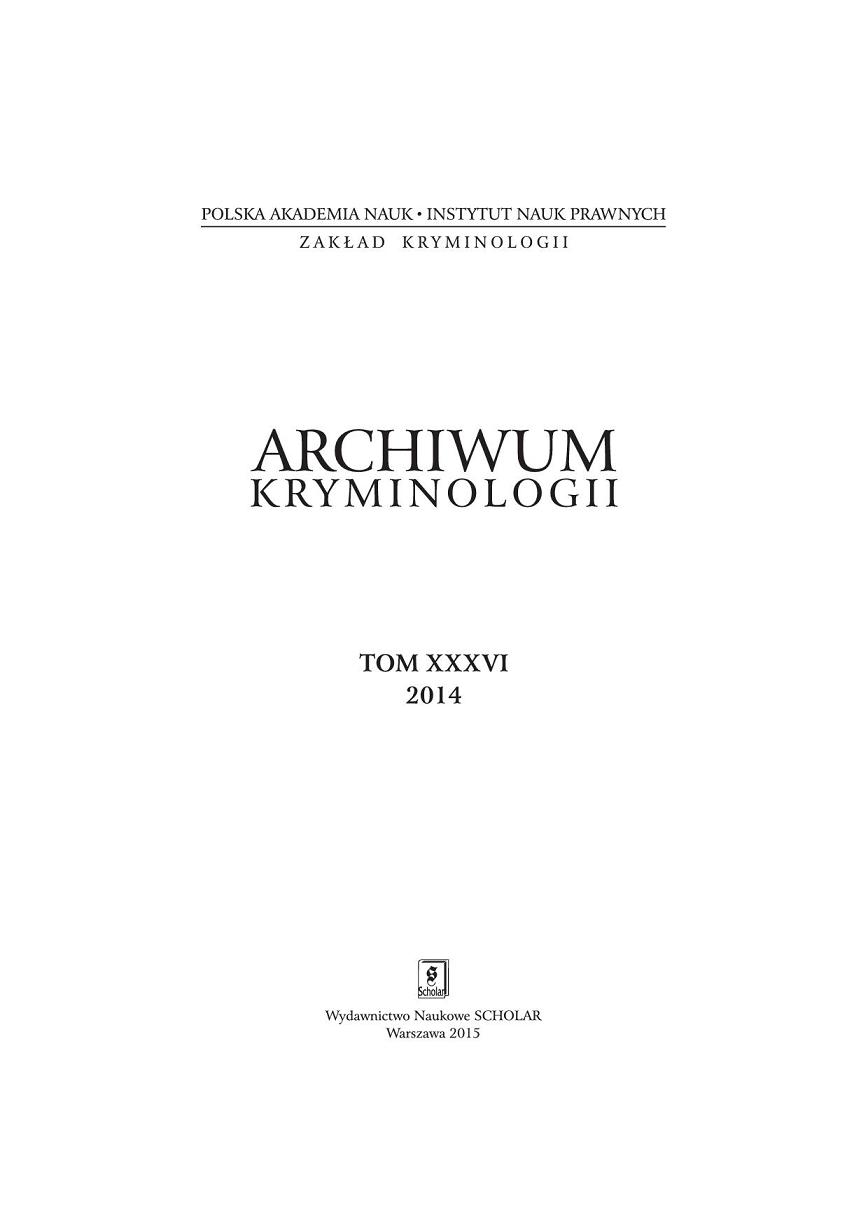Fotelowi detektywi w XXI wieku. Sposoby angażowania społeczeństwa do rozwiązywania spraw kryminalnych oraz korzyści i zagrożenia z tego płynące
Armchair Detectives in the 21st Century. How the Public Can Help Solve Criminal Cases: The Benefits and Dangers
Author(s): Piotr Karasek, Paweł WaszkiewiczSubject(s): Law, Constitution, Jurisprudence
Published by: Instytut Nauk Prawnych PAN
Keywords: armchair detectives; to solve criminal cases;
Summary/Abstract: This is the first article in the criminological literature to describe armchair detectives, i.e. non-professionals who solve criminal cases as a hobby. The phenomenon is mainly discussed in the context of contemporary means of communication, including the internet and social media. While these are increasingly important, this article focuses on more “traditional” types of activity as well. Citing examples from Poland and abroad, the authors come up with their own typology of this highly diversified group. The authors distinguish six ways in which armchair detectives engage in solving detective puzzles: 1) recognizing a person, place or thing; 2) reporting an incident; 3) OSINT; 4) the classic “Oh!”; 5) expert knowledge and skills; 6) and cold cases. The authors also discuss the benefits and threats posed by armchair detectives. These are analyzed from the standpoint of both law enforcement and the common good within the broad meaning of the term. The summary includes a suggestion that the phenomenon be studied under the paradigm of evidence-based policing. Their proposal is to empirically check the extent to which armchair detectives help detect crime and how effective their help is in investigations.
Journal: Archiwum Kryminologii
- Issue Year: 2014
- Issue No: XXXVI
- Page Range: 423-450
- Page Count: 28

